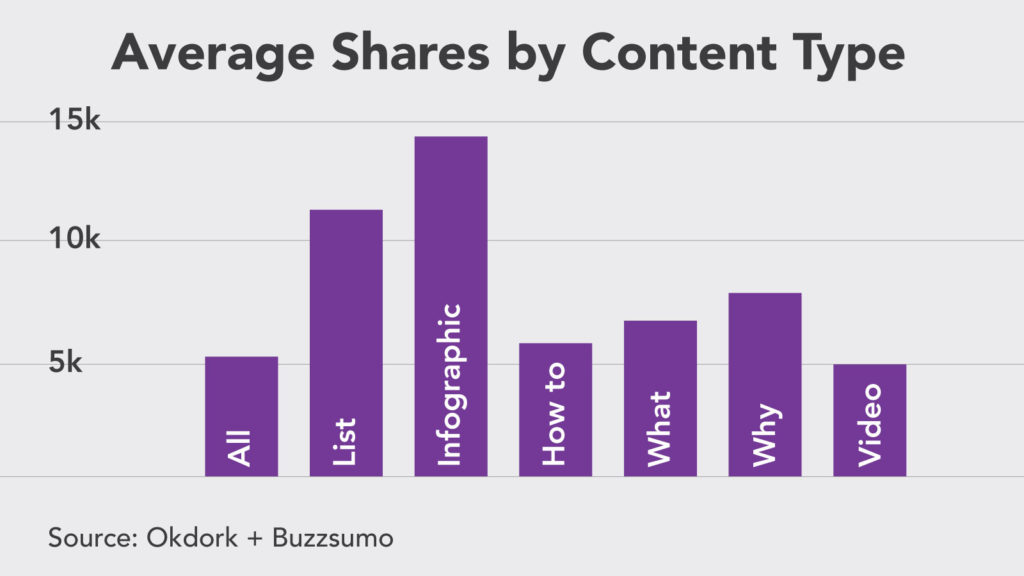Top 5 B2B Branding Trends: The Competition for Talent
As the world struggles to rebound from the global pandemic, one lasting trend has emerged: a talent shortage of historic scale. According to ManPowerGroup, 75% of companies have reported talent shortages and difficulty hiring – a 16-year high. Companies with more than 250 employees are struggling the most to recruit and retain talent; those with…






